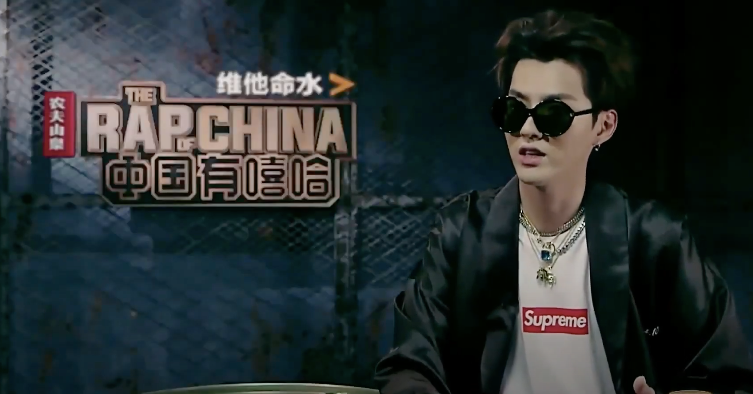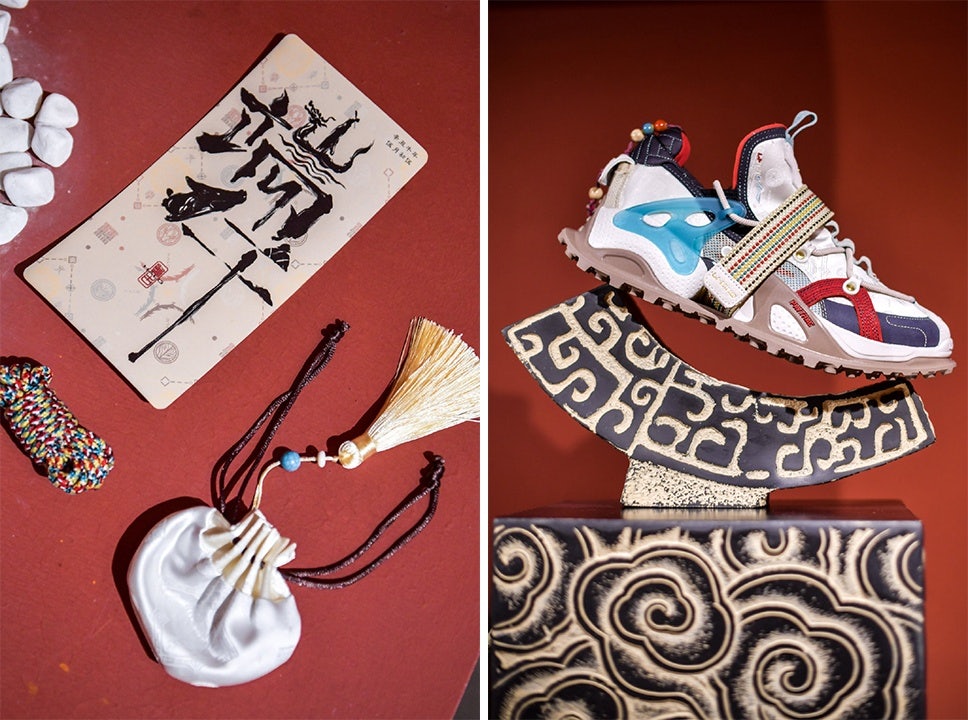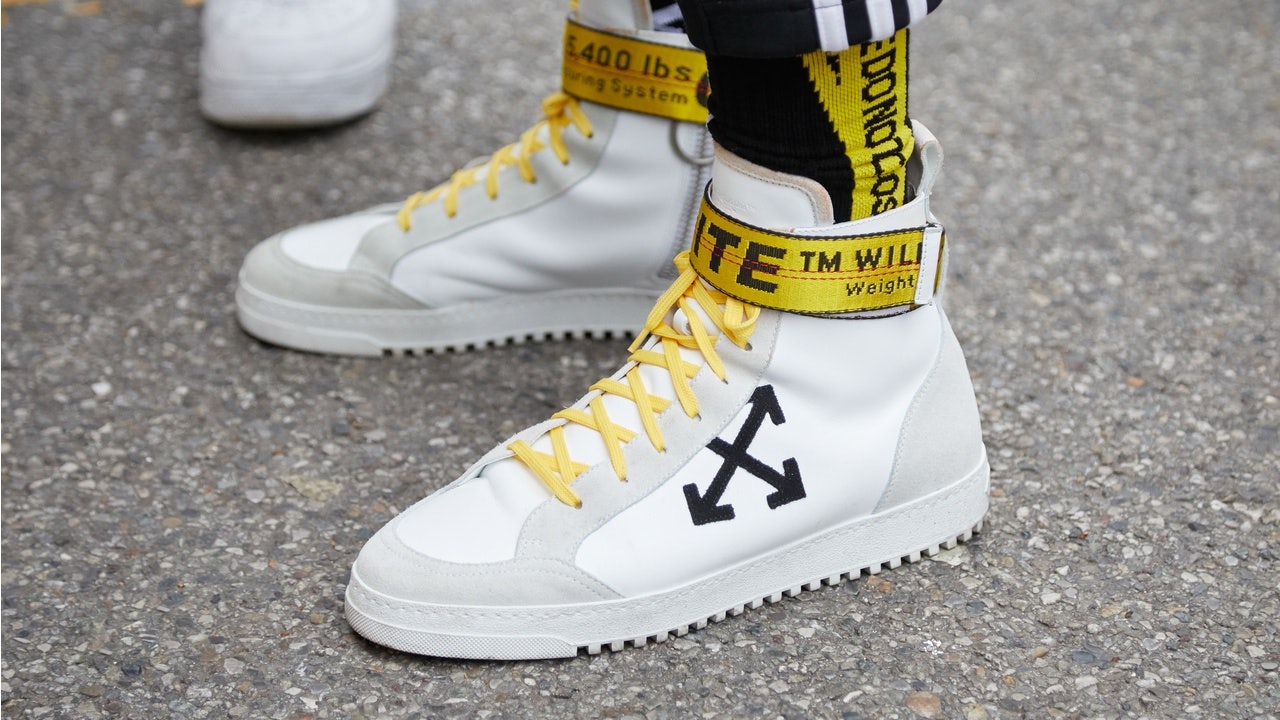In the first episode of the TV show The Rap of China, celebrity producer Kris Wu sported a box-logo T-shirt by the brand Supreme as he judged hopeful contestants. Unbelievably, the groundbreaking show racked up over 600 million views in just a month, catapulting hip hop into China’s mainstream for the first time — along with its accompanying styles and trends.

Driven by celebrity culture and reality TV, Chinese spending on streetwear was nearly four times that of non-streetwear apparel between 2015 and 2020. In an attempt to ride this hype, traditional luxury houses have joined forces with streetwear brands and independent designers. Meanwhile, several Chinese stars have even started their own streetwear labels like Jackson Wang’s Team Wang, William Chan’s CANOTWAIT, and Luhan’s UGC (to name a few), signaling how the sector has quickly elevated to the ranks of high fashion.
To help brands find their footing within this booming streetwear scene, Jing Daily co-hosted a webinar titled “How to Be Successful on WeChat — Streetwear Brands Edition.” Panelists included Sky Canaves, Content Director at Jing Daily; Charlie Gu, co-founder and CEO of Kollective Influence; and Travis Collins, a digital strategy expert at Chatlabs. Below, they break down how streetwear brands can leverage WeChat — the mega app with 1.2 billion users — to win over China’s coolest consumers and cash in on this once-underground culture.
Understanding the Chinese cultural consumer#
But first: Who is fueling China’s streetwear boom? According to Canaves, credit goes to the “Chinese cultural consumer,” a new demographic grouping that reaches beyond generational labels like Gen Z and Millennial. These shoppers skew 10 to 15 years younger than their overseas counterparts and “purchase a lot less for status and brand name and more to express themselves — their individuality, sophisticated taste, cultural know-how, and evolving education,” Canaves stated.
More interestingly, these consumers have a broad interpretation of luxury that encompasses not only high-end fashion and fine arts, but also pop culture in its various forms. As such, brands can use an array of tactics to appeal to them, from collaborations and sneaker drops to collectible toys and NFTs. Streetwear, in particular, has offered young buyers an accessible point of entry into the high-end market. “[Streetwear] is part of a global community," Canaves added, "yet it can be reiterated in so many ways to represent individual taste, cultural capital, and a certain Chinese aesthetic.”
Designing streetwear with Chinese characteristics#
Aside from redefining luxury, Chinese cultural consumers are also shaping global aesthetics. As China becomes the world's top economic giant, younger generations have taken pride in their country’s cutting-edge technology and rich cultural heritage. Inspired by this patriotism, domestic and global brands have started incorporating distinctive Chinese elements into their products, including references to traditional crafts, nostalgic IP, national figures, art institutions, and even space exploration.

Streetwear brands can flex their localization muscles through guochao (which means “national tide”) and demonstrate a deeper understanding of local consumers. “It’s no longer enough for international brands to rely on their foreign name or heritage for appeal,” Canaves warned. Gu added that global players must toe the line between not being tone-deaf to Chinese culture and not pandering via lazy marketing.
Harnessing data to build relationships#
When it comes to engaging with customers, WeChat is a brand’s best friend. Collins broke down the typical user journey: Say a Kris Wu fan scans a QR code to follow a brand’s WeChat account. That brand can now retrieve information on that person — their age, location, and where their traffic came from — even before they key in any personally identifiable information. Once the customer starts interacting with the brand’s official account, more data gets compiled based on the pages they look at, abandoned carts, loyalty points, and more.
This data collection is what gives WeChat a leg up over other platforms. “If this was a website, and you had 1,000 people come from a KOL… maybe you have one who decides to purchase," Collins explained. "So at the end of the day, you have one contact information. But with WeChat, once [the customer] scans the QR code for your account, whether or not they purchase, you can still contact them.”
Utilizing WeChat’s lesser-known sister, WeCom#
Although WeChat offers several tools to facilitate end-to-end experiences — from push messages and Mini Programs to a livestreaming channel — one service that brands are underutilizing is its office collaboration app. Formerly known as WeChat Work, WeCom allows for one-on-one messaging between customers and sales representatives while giving the brand oversight and transparency of their conversations. Gu said this is particularly important for maintaining long-term, personalized connections with customers even after the original salesperson has left the brand.
Steering consumers back to stores#
That said, the consumer journey should not just be virtual. According to McKinsey, 40 percent of China’s Gen Zers said they browse in-store but shop online, suggesting a continuing need for brick-and-mortar retail. Here, WeChat can play a role in bridging this online-offline gap, whether through gamified shopping experiences (like Burberry’s social retail store in Shenzhen), linking KOLs and top fans via WeChat groups, or simply offering users a platform to share photos and videos. As Canaves states, streetwear is about much more than clothes. And post-pandemic, consumers are especially hungry for community activities that are unique to online experiences.
While all these WeChat functions may seem overwhelming, Collins reminded that brands must ultimately formulate their digital strategies for the long run. “Really think about how you want to interact with customers because this is a lifelong journey that you are about to start,” he said. “Always start with the end in mind.”


